I have no plans to upgrade my Ultra 2 yet. It will be two years old in October and the battery capacity is 98%. I'll use it another year at least. My yearly upgrades ended many years ago, there's no point to them.
Got a tip for us?
Let us know
Become a MacRumors Supporter for $50/year with no ads, ability to filter front page stories, and private forums.
Apple Watch Ultra 3 Just Weeks Away: Eight Reasons to Upgrade
- Thread starter MacRumors
- Start date
- Sort by reaction score
You are using an out of date browser. It may not display this or other websites correctly.
You should upgrade or use an alternative browser.
You should upgrade or use an alternative browser.
My AWU1 still serves me just fine.
The incremental updates have not tempted me in the slightest.
Battery life is still good. I tend to charge it just before going to sleep so I can wear it for sleep tracking. That is more than enough to keep me going for a full day and still have 50 to 60 percent before charging again.
Case and bezel are still in perfect, scratch-free condition.
BP monitoring is meh for me, since I use a standalone unit that ties into the health app anyway.
And until they crack being able to do blood glucose monitoring, I think it will be a while before anything comes along that I would absolutely have to upgrade.
The incremental updates have not tempted me in the slightest.
Battery life is still good. I tend to charge it just before going to sleep so I can wear it for sleep tracking. That is more than enough to keep me going for a full day and still have 50 to 60 percent before charging again.
Case and bezel are still in perfect, scratch-free condition.
BP monitoring is meh for me, since I use a standalone unit that ties into the health app anyway.
And until they crack being able to do blood glucose monitoring, I think it will be a while before anything comes along that I would absolutely have to upgrade.
I was kind of in that boat, but my battery started going out. I picked up a left over and discounted 2023 Ultra 2 when the 2024 was announced in its new colors but not an actual "3".I upgrade my phone yearly, but I'm still on an Apple Watch 7 and still don't really care to upgrade it. The Apple Watch is just kind of boring.
I absolutely love it. the battery is amazing. Granted I wear my 24/7, only taking it off to shower in the morning which is when it charges. I'm usually in the 20's on the battery when I put it on the charger and I try to remove it when it's at or just above 75%. Rinse and repeat every day, keeping the battery in this range should make it last a very long time.
Sounds like my 2023 Ultra 2 survives another upgrade cycle.
I wish they'd make a smaller version. I have smaller wrists and currently use the smallest version of the regular Apple Watch. That thing is bigger then my wrist, but would love to have it as I'm an avid hiker and outdoors person. But I can't fathom wearing something that large when the smallest version is perfect for me.
Yes, it is apples to oranges but having 4 to 5 days would be nice as then you can leave charger home when travelling for a weekend for hiking or any other travel. Of course the very likely fast charging on ultra is a good addition but still it does not fully solve the problem.Comparing Apples to Oranges.
Apple sells the Apple Watch Ultra 2 as a 24/7 health and adventure companion, packed with premium features like sleep tracking, heart rate monitoring, blood oxygen, stress measurement, recovery tracking, GPS, and dive metrics. But there’s a major flaw:People (for the most part) charge their phone every day. Why is it so many gripe about doing so with the watch? Is it that stressful and inconvenient to spend a few seconds to put the watch on the charger?
If I have to charge it every single day, it defeats the entire purpose of having these day-and-night monitoring features.
For a watch that costs $799+, I shouldn’t have to choose between sleep tracking at night or starting the next day with low battery. The promise of seamless, continuous health tracking falls apart when I need to plan my life around charging schedules. Competing watches from Garmin and Whoop last 3–10 days, letting users actually take advantage of everything they’re paying for.
Now, with rumors that the Apple Watch Ultra 3 is coming at an even higher price, the expectation is clear: Apple needs to deliver significantly better battery life. If Apple is going to charge $800+ for a premium health-monitoring device, it should work as advertised providing reliable 24/7 tracking without constant interruptions.
Until Apple fixes this, the Ultra series will continue to feel like you’re paying for features you can’t fully use. Battery life has to be the top priority going forward.
Apple sells the Apple Watch Ultra 2 as a 24/7 health and adventure companion, packed with premium features like sleep tracking, heart rate monitoring, blood oxygen, stress measurement, recovery tracking, GPS, and dive metrics.
Yup, that is how I use it.
If I have to charge it every single day, it defeats the entire purpose of having these day-and-night monitoring features.
Not at all. I charge it in the morning while I am getting ready. It is rarely below 60%, even with 2-3 hours of walking and running with GPS and music in standalone mode.
For a watch that costs $799+, I shouldn’t have to choose between sleep tracking at night or starting the next day with low battery.
One does not have to choose between those things. I wear it for sleep tracking and never have a problem in the morning.
The promise of seamless, continuous health tracking falls apart when I need to plan my life around charging schedules. Competing watches from Garmin and Whoop last 3–10 days, letting users actually take advantage of everything they’re paying for.
Even with a watch that sometimes lasted 3 days, I would still charge it every morning, as it would take too much mental energy to track its current battery state based on what activities I did. I also love the ability to use it standalone and not need to carry my phone with me but still be able to stream music and receive iMessages and/or phone calls. Something that just is not possible with any device from Garmin.
Now, with rumors that the Apple Watch Ultra 3 is coming at an even higher price, the expectation is clear: Apple needs to deliver significantly better battery life. If Apple is going to charge $800+ for a premium health-monitoring device, it should work as advertised providing reliable 24/7 tracking without constant interruptions.
It does that without any interruptions, in just the same way as any watch that needs to be charged does.
Until Apple fixes this, the Ultra series will continue to feel like you’re paying for features you can’t fully use. Battery life has to be the top priority going forward.
Having had an Apple Watch Ultra 1 and an Apple Watch Ultra 2, I have never felt there were features I could not use (other than cycle tracking, but that is because I am a guy). I am much more concerned about device power (including on device voice recognition), than I am about battery life. You do not seem to care about the smart features and just want a fitness tracker. Fortunately, Garmin makes many products that probably fit your needs. I would be surprised if Apple ever offered a watch with 10 day battery life.
Many will be upgrading, just not necessarily from an Apple Watch Ultra 2 (or even an Ultra 1), but from other earlier watches. I am most interested in on device speech processing, faster/lower power (low data rate) 5G modem with support for more bands, and satellite SOS/iMessage support.If there are no new health features, don't think many will be upgrading.
I do want to replace my 2020 AW 6 with an Ultra, but looking at the upgrades that are coming in 2026, I will gladly wait another year. My battery still lasts a whole day when I don't track physical activity or use the GPS, so I can hold for a while longer. But yeah, it's not great if I do use those features.
Improved/added sensors would be the only thing getting me to upgrade from my OG Ultra. The other stuff is nice but at this point does not entice me to upgrade my “like new” watch. I occasionally use a Withings ScanWatch Healthmaster but keep running back to Apple for fit n finish n function…
Using that 80% slider (I am a believer), I've somehow managed to keep my AWU2 battery health at 97% almost two years from purchase. Though I originally intended to upgrade this year, I think I may pass on this and wait for the "major" changes in 2026.
You whine that "The blistering pace of innovation down in Cupertino continues unabated." Yet in a few years Apple went from zero watches to selling more than all of Switzerland.Just a few weeks until Apple Watch Ultra 1.3!
The blistering pace of innovation down in Cupertino continues unabated.
MY AWU1 is superb. A further "blistering pace of innovation" would IMO be inappropriate. Once you make a great product you evolve it further in small bits, no blistering pace required.
I had the one briefly returning it in time to buy the brand new 2. Where’s any mention of the blood oxygen sensor? Don’t need hi blood pressure indicator, Know I already have treatable hi pressure and meds makes it normal.
We're only weeks away from Apple's annual iPhone event – rumored to take place on September 9 – and along with the new iPhone 17 series, we're going to get a new version of the Apple Watch Ultra for the first time since 2023.
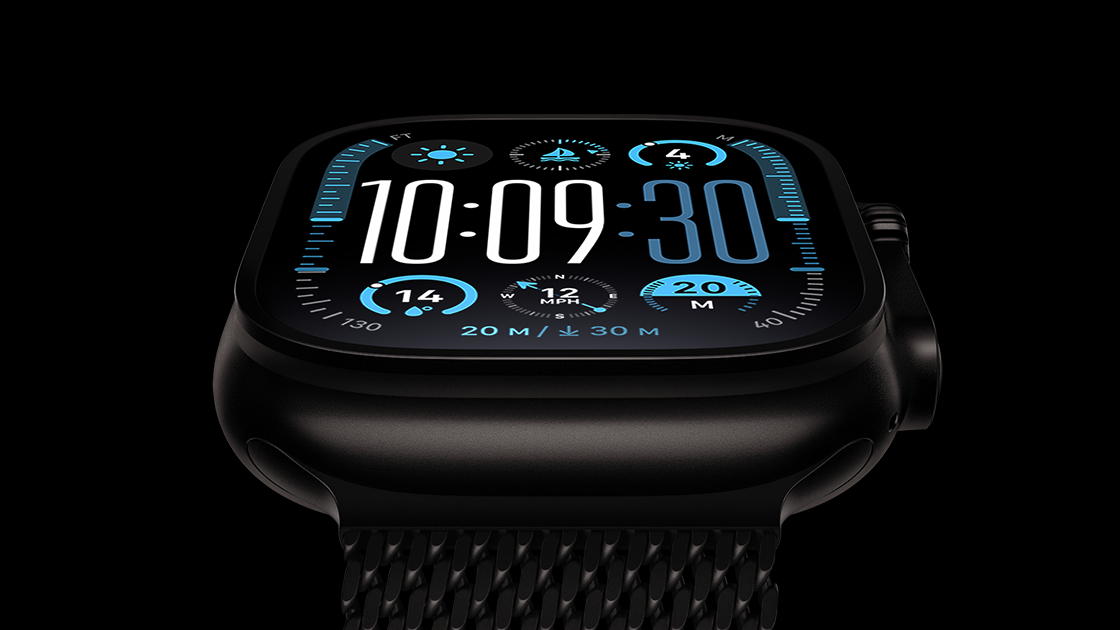
By the time the Ultra 3 is unveiled, it will have been two years since the previous model arrived. The intervening period has left plenty of room for enhancements, especially for users coming from a first-generation Apple Watch Ultra. Here are all of the major new features we're likely to see in the Apple Watch Ultra 3.
Larger Display
Evidence from a recent iOS 26 beta points to a slightly larger display for the upcoming Apple Watch Ultra 3. MacRumors uncovered an image with a resolution of 422 x 514 pixels – higher than the current Ultra 2's 410 x 502 panel.
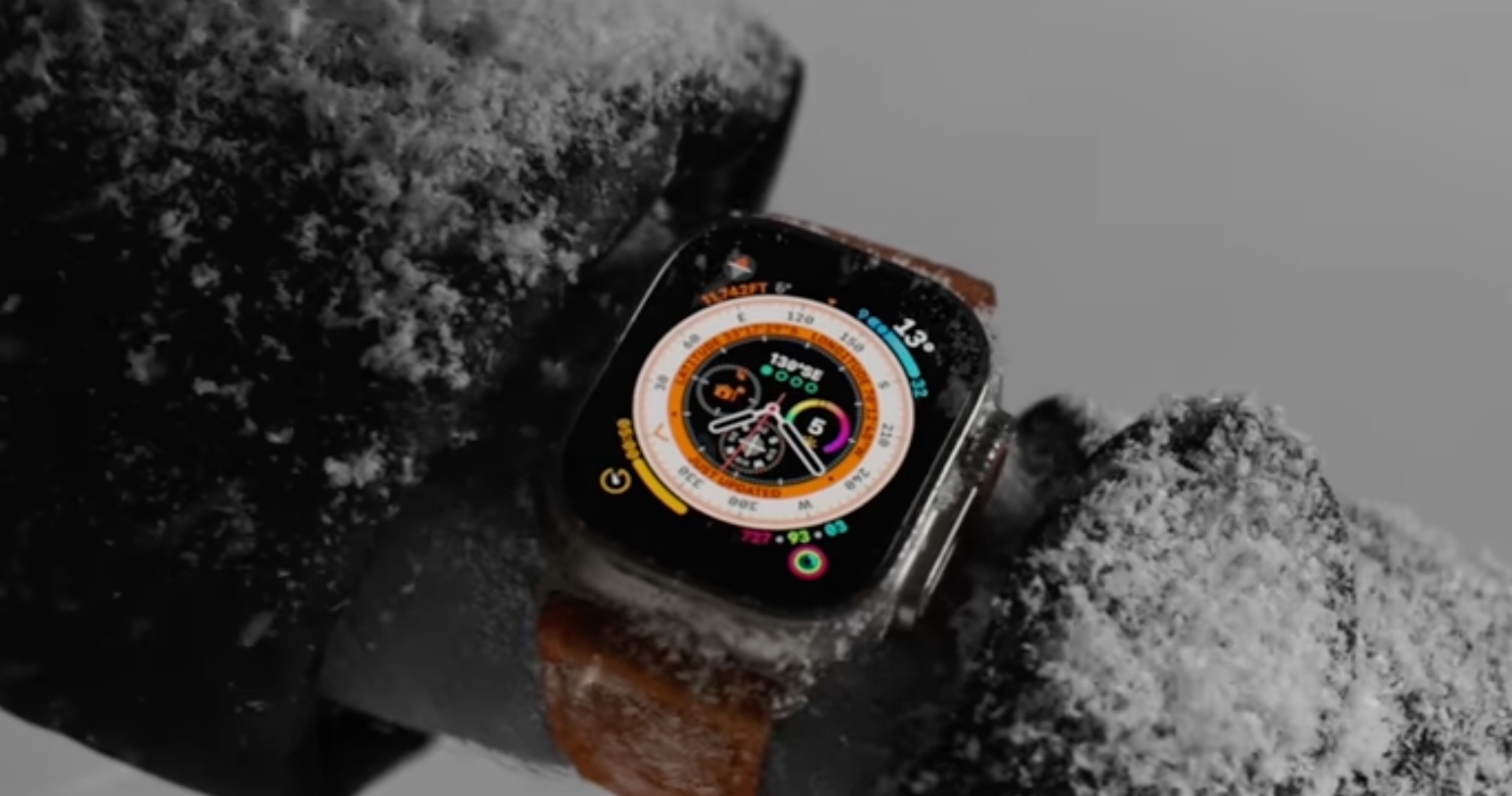
No increase in case size has been rumored, but the larger resolution suggests Apple could be trimming bezel width to expand the viewing area without altering the watch’s overall dimensions. If accurate, this would give the Ultra 3 the biggest Apple Watch display yet, enhancing readability and making better use of the rugged design's expansive front surface.
Newer Processor
Given it's been two years since an update, it's highly likely the Apple Watch Ultra 3 will debut with a new chip.
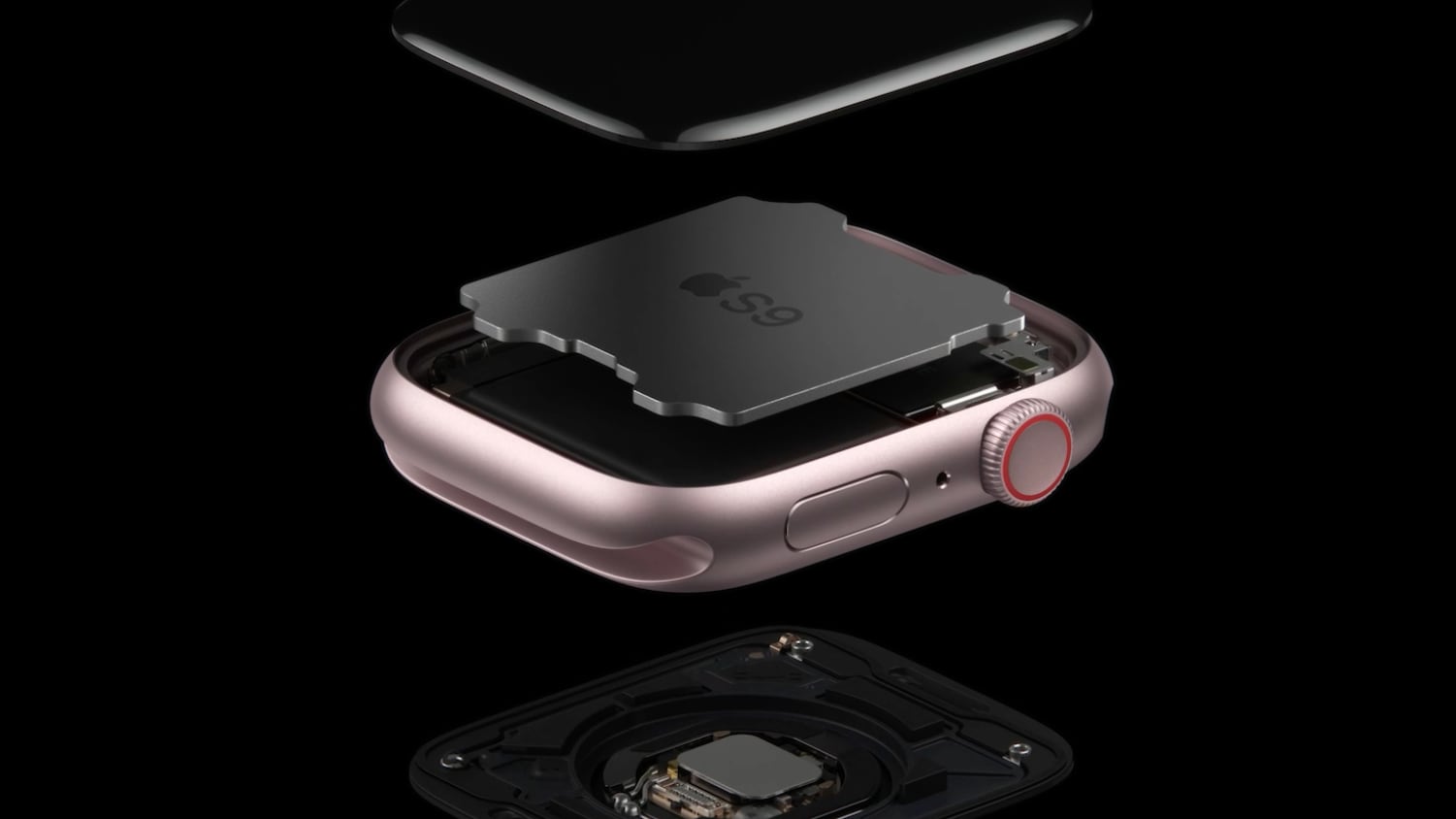
The current model uses the S9, while the 2024 Apple Watch Series 10 introduced the S10. Although the S10 doesn't improve performance over the S9, its smaller design creates more internal space for other components. In the Ultra, that could allow for a larger battery, additional sensors, or new connectivity hardware.
On the other hand, leaked internal information suggests Apple could introduce an S11 chip this year, and while the underlying technology is the same as the S9 and S10 chips, Apple could make other tweaks. With the S10, for example, Apple redesigned the chip with a thinner profile so it would take up less space inside the watch. Major performance gains may not arrive until the S12 chip next year, however.
Faster Refresh Rate
By skipping a hardware refresh for the Apple Watch Ultra in 2024, Apple inadvertently allowed the Apple Watch Series 10 to leap ahead in display technology. This imbalance is unlikely to last long, with the next Ultra almost certain to catch up.
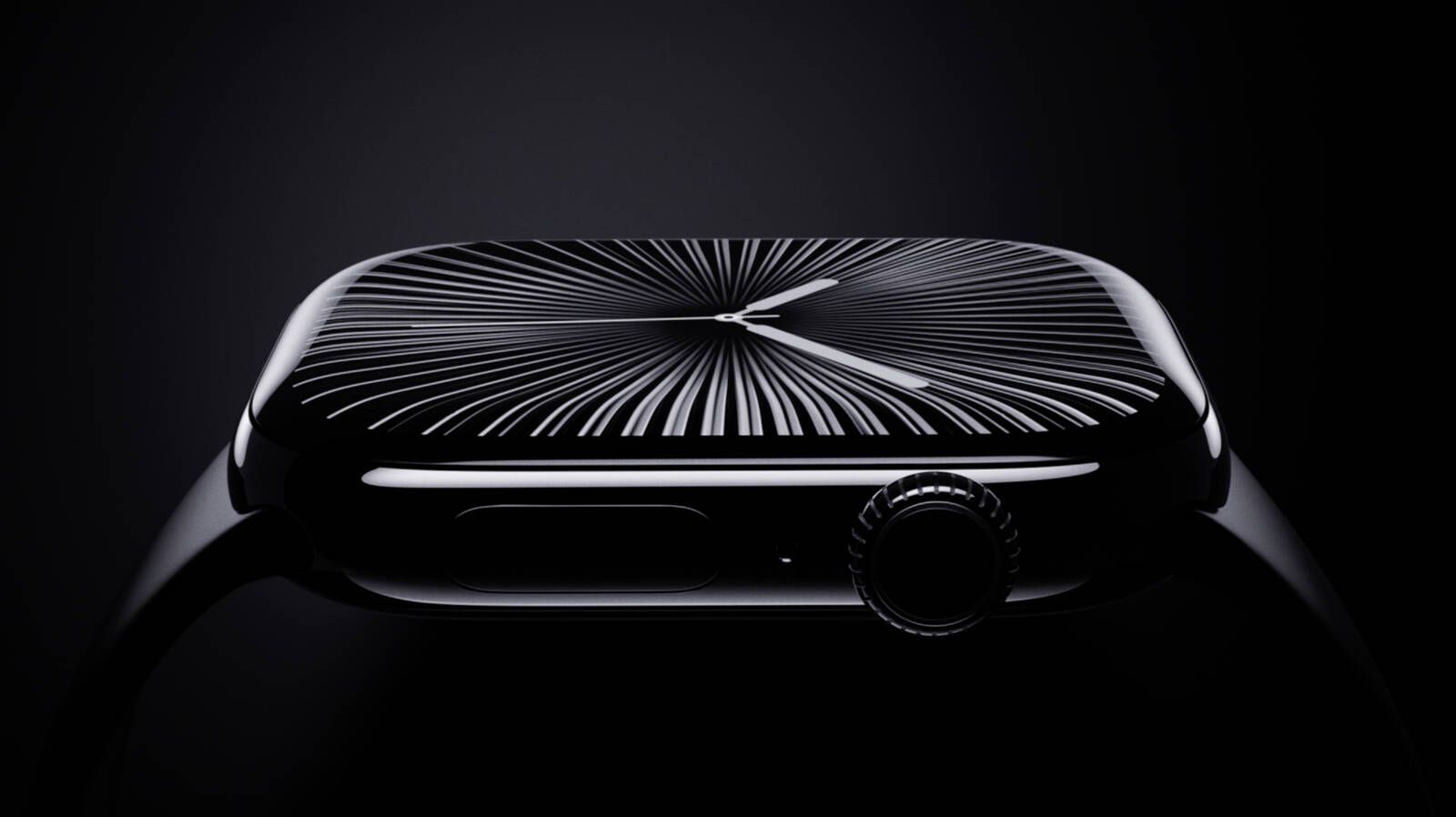
The Series 10 debuted with an LTPO3 OLED always-on Retina display, a step up from the Ultra's LTPO2 panel. The upgrade gives the Series 10 a faster refresh rate in always-on mode, making it possible for watch faces to feature a continuously ticking seconds hand.
Wide-Angle OLED
Apple also introduced a wide-angle OLED on the Series 10, which delivers up to 40% more brightness when viewed off-axis compared to the Ultra's OLED display. Taken together with the LPTO3 panel, these advancements make it seem all but inevitable that the Apple Watch Ultra 3 will inherit the same improvements.
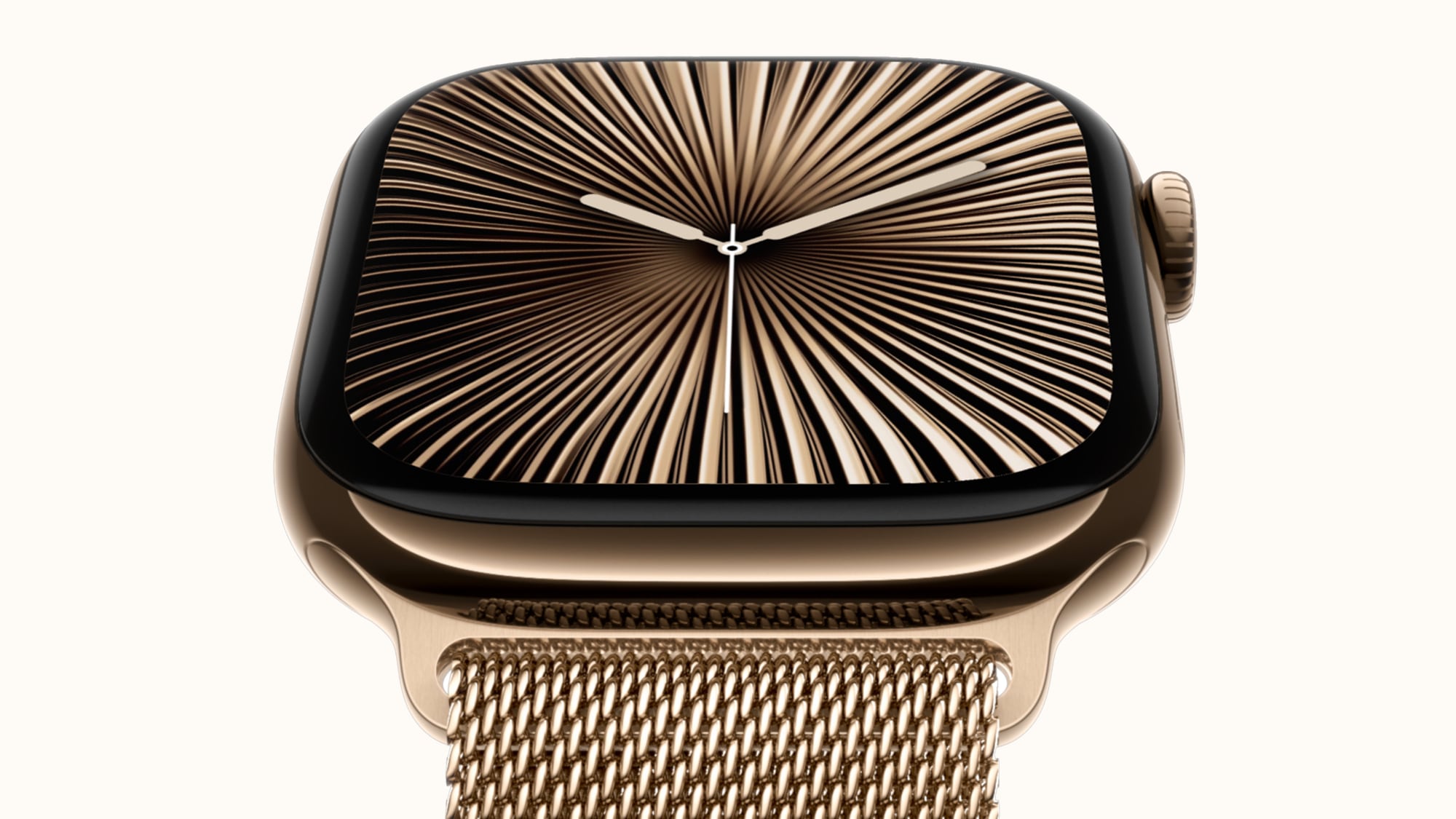
Satellite Connectivity
The Apple Watch Ultra 3 is expected to become the first Apple Watch with satellite connectivity, extending its reach far beyond cellular towers and Wi-Fi. Like the iPhone 14 and later, it will tap into satellite networks for off-grid texting, giving wearers a lifeline in remote areas.
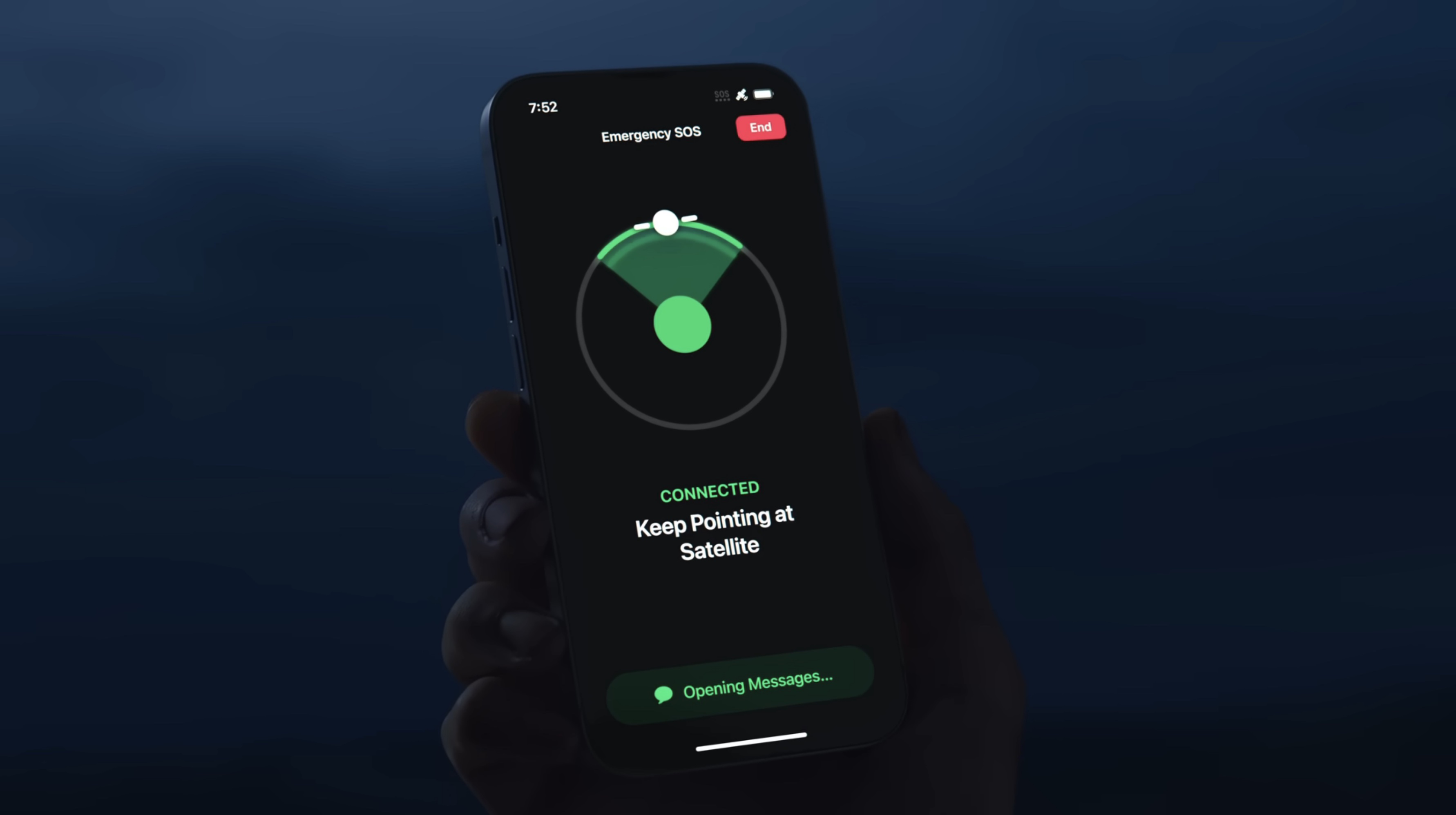
Earlier this year, Bloomberg reported that Apple was working to bring the feature to the Ultra line. On iPhone, satellite support originally handled only emergency SOS messages, but iOS 18 expanded it to allow standard text conversations. If Apple follows the same model, Ultra 3 owners could message anyone, even when entirely off the grid.
On iPhone, two years of service come free, and it's likely the same arrangement will apply to the Ultra 3 when it launches.
Faster Charging
With the Series 10, Apple debuted a redesigned rear casing made of metal, complete with a larger charging coil and an integrated antenna. The change replaced the ceramic and sapphire crystal back seen on earlier models.
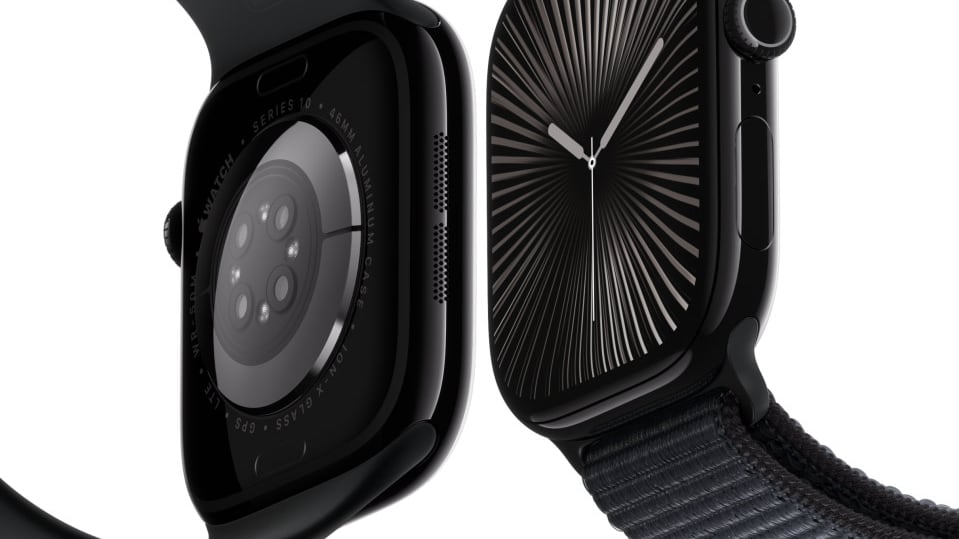
The Ultra still uses that older rear design, but the advantages of the Series 10's update make it probable that the Ultra 3 will adopt the same metal back. Beyond structural changes, the redesign improves cellular performance and significantly boosts charging speeds.
In practice, the difference is stark: the Series 10 can reach 80% charge in just 30 minutes, shaving 15 minutes off the Series 9's time. By contrast, the Ultra 2 – with its older back and larger battery – needs a full hour to hit the same mark. A switch to the new casing would close that gap, giving the Ultra 3 much faster top-up times alongside stronger connectivity.
5G Cellular
Reports from Bloomberg and The Information indicate that Apple intends to drop Qualcomm modems from the Apple Watch Ultra with the third-generation model. Instead of relying on Qualcomm hardware or on its own custom modem, Apple is expected to turn to MediaTek, one of the few companies developing 5G solutions for wearables.
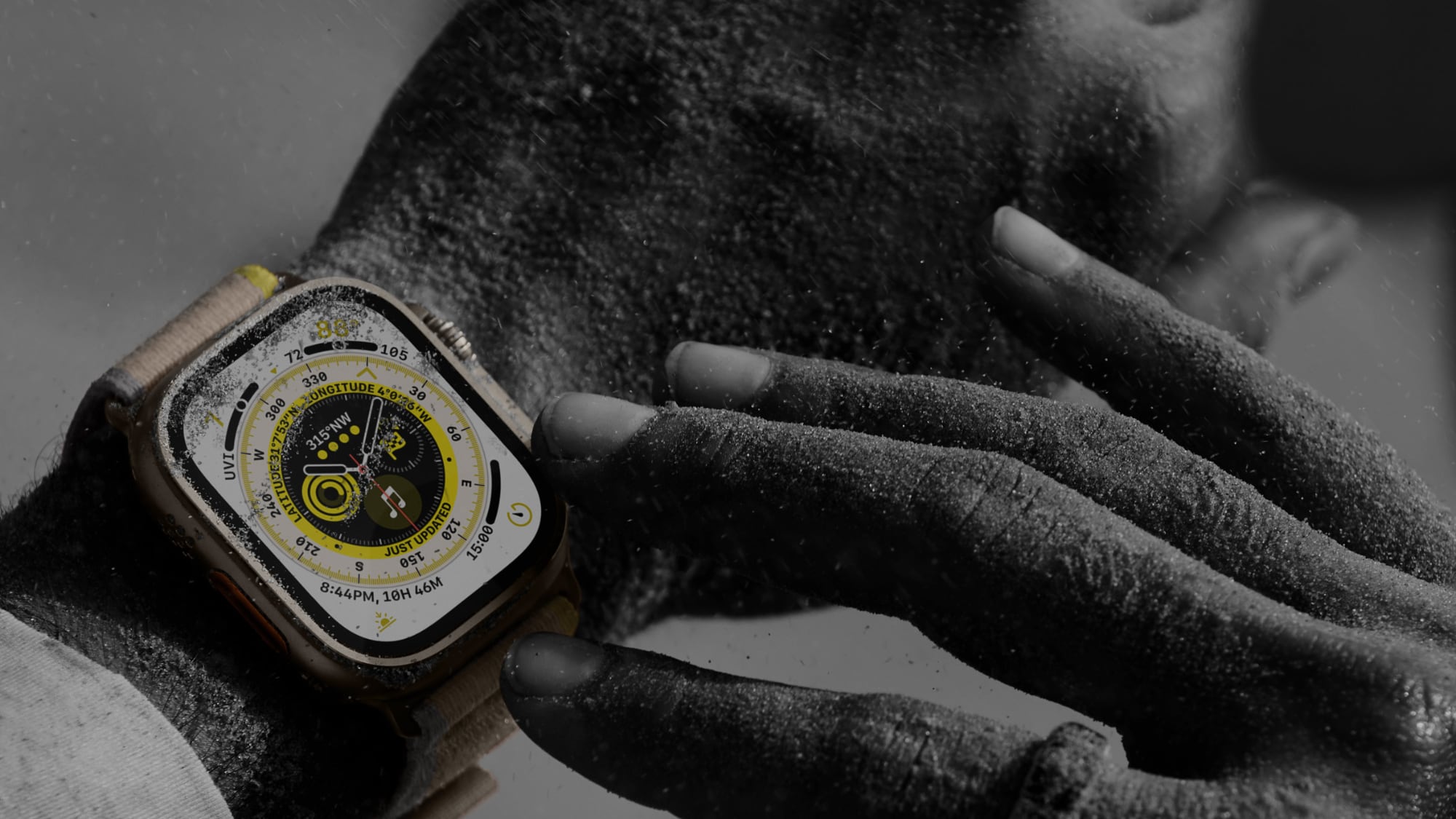
The shift would mark a major connectivity upgrade. Current cellular Apple Watch models still depend on 4G LTE, despite the iPhone adopting 5G back in 2020. MediaTek's chip is designed for 5G RedCap, a streamlined version of 5G tailored for connected devices that don't require the f... Click here to read rest of article
Article Link: Apple Watch Ultra 3 Just Weeks Away: Eight Reasons to Upgrade
Don’t need more display! I’m interested in more battery, lighter thiner case for increased comfort, satellite connectivity and surprise me with a new unique sensor like maybe outdoor thermometer or barometer to detector of my world directly not thru a weather app! Faster chip is always nice but my ultra 2 is already amazing for a wearable with its Siri response and action button programming. Looks like I will concentrate my disposable retirement income on moving from iPhone 13 Pro to the 17 and perhaps wait a year to see if the Ultra finally gets a smaller footprint. After over two years of Ultra, its large size is getting old. Since I’m an older athlete runner/hiker and adventurer, the 10, 11, or 12 won’t do!
If you want/expect four or five days of battery life, you are going to lose some functionality of the watch. There will be tradeoffs.Yes, it is apples to oranges but having 4 to 5 days would be nice as then you can leave charger home when travelling for a weekend for hiking or any other travel. Of course the very likely fast charging on ultra is a good addition but still it does not fully solve the problem.
Well many of us do you use things like notifications, texts, Siri, calendar, weather, taking calls, etc…I also use it for workouts almost daily, and it still rarely drops below 30% by EOD. Garmin doesn’t compare, but if all you need is a fitness tracker the Apple Watch Ultra is not for you. This btw, is with the original ultra, so I’ll be upgrading.Maybe not at first, but in a couple years the Garmin will still only need to be charged once a week or two weeks, while the Apple Watch will need daily, or maybe multiple times per day depending on lifestyle..simply because the Garmin isn't charged as often, and therefor the battery gets cycled less, extending the watch's life. My previous Apple Watch couldn't make it though a day, and when it was cold out (sub-freezing) and I went running, I could drop 50-75% in a one hour run, or it would just shutdown in the middle. I could cover it with a sleeve or a sweat band and it helped, but still happened often enough that I no longer trusted it.
Apple makes a very nice smartwatch, but I want less smartwatch and more fitness, as that's my focus. I don't customize screens, need notifications, use Siri, set timers, or view photos. Can't see myself going back to Apple anytime soon.
The picture of them showing somebody and basically -40 gear with the watch strapped on externally is silly. There’s no way the battery would last more than 10 minutes and that kind of cold temperature.
That said what would be helpful is that I’m a SCUBA diver. The Garmin watch does integrate via Bluetooth with the air tank sensors that we use. It should be very easy for Apple to offer this kind of air tank integration. I would never use it as my main dive Computer but as a back up or an additional device, it would be pretty nice and would probably not need a lot more complex engineering. I wear my ultra now while scuba diving, but it’s really just a novelty. I don’t bother paying the subscription available through the third-party because again I’m not gonna trust it to be a true dive computer. Somebody would be silly to rely on an Apple Watch to keep themselves alive 60 feet underwater.
Certainly should be a lot simpler than what they’re trying to do with blood, pressure, detection, etc..
That said what would be helpful is that I’m a SCUBA diver. The Garmin watch does integrate via Bluetooth with the air tank sensors that we use. It should be very easy for Apple to offer this kind of air tank integration. I would never use it as my main dive Computer but as a back up or an additional device, it would be pretty nice and would probably not need a lot more complex engineering. I wear my ultra now while scuba diving, but it’s really just a novelty. I don’t bother paying the subscription available through the third-party because again I’m not gonna trust it to be a true dive computer. Somebody would be silly to rely on an Apple Watch to keep themselves alive 60 feet underwater.
Certainly should be a lot simpler than what they’re trying to do with blood, pressure, detection, etc..
I agree with you, but I would still like more battery life. I’d be willing to bet that if Apple gave the device another millimeter of thickness, they could probably get significantly more battery life out of the device without altering the aesthetics too much.Well many of us do you use things like notifications, texts, Siri, calendar, weather, taking calls, etc…I also use it for workouts almost daily, and it still rarely drops below 30% by EOD. Garmin doesn’t compare, but if all you need is a fitness tracker the Apple Watch Ultra is not for you. This btw, is with the original ultra, so I’ll be upgrading.
The main value for the Apple Watch if you like to run is that it has a cell phone function in it so you can leave yourself at home in case you get hurt and need to call for a rideMaybe not at first, but in a couple years the Garmin will still only need to be charged once a week or two weeks, while the Apple Watch will need daily, or maybe multiple times per day depending on lifestyle..simply because the Garmin isn't charged as often, and therefor the battery gets cycled less, extending the watch's life. My previous Apple Watch couldn't make it though a day, and when it was cold out (sub-freezing) and I went running, I could drop 50-75% in a one hour run, or it would just shutdown in the middle. I could cover it with a sleeve or a sweat band and it helped, but still happened often enough that I no longer trusted it.
Apple makes a very nice smartwatch, but I want less smartwatch and more fitness, as that's my focus. I don't customize screens, need notifications, use Siri, set timers, or view photos. Can't see myself going back to Apple anytime soon.
Air integration doesn't use bluetooth on the Garmin Descent. It uses Garmin's proprietary SubWave sonar-based acoustic networking. This doesn't sound like something that would be "very easy" for Apple to add to their current hardware.The Garmin watch does integrate via Bluetooth with the air tank sensors that we use. It should be very easy for Apple to offer this kind of air tank integration.
Register on MacRumors! This sidebar will go away, and you'll see fewer ads.


